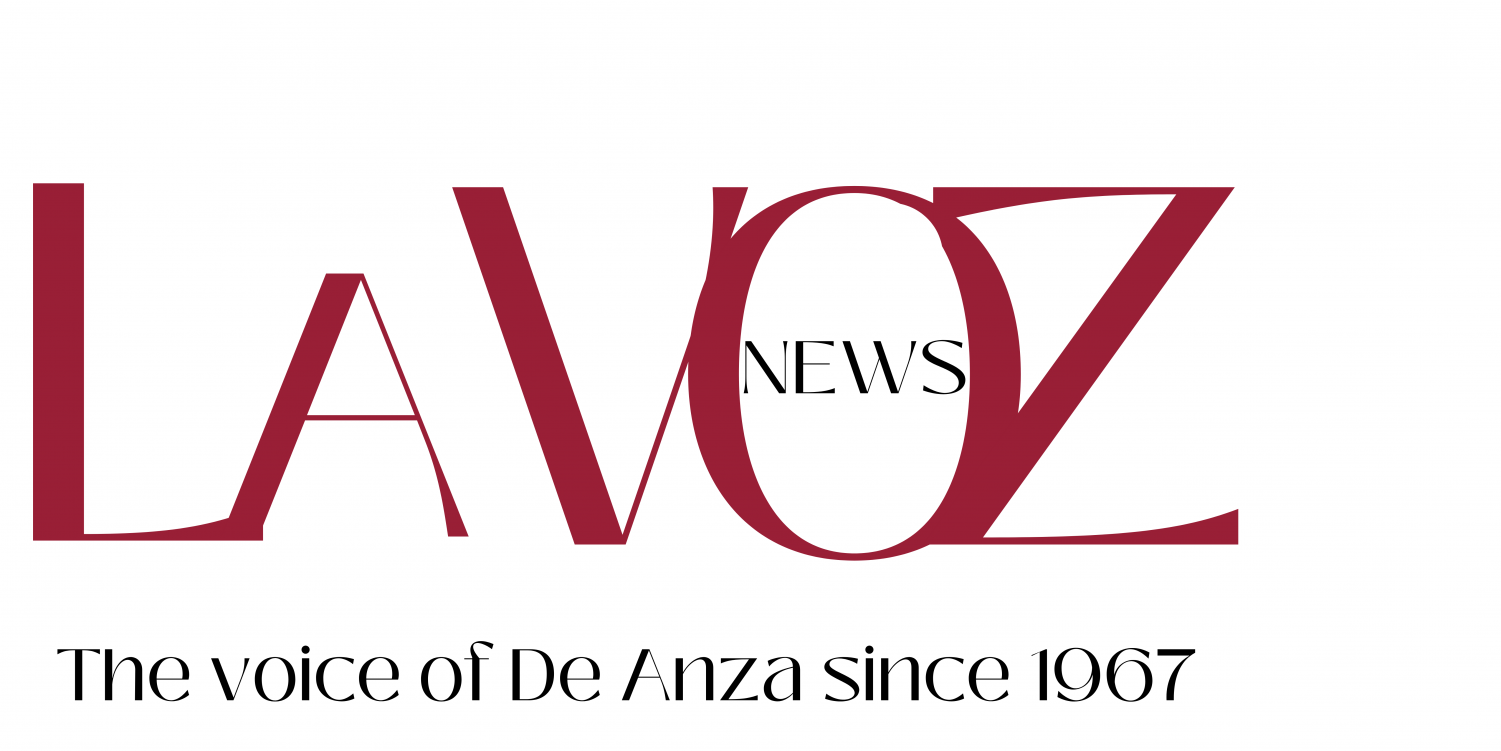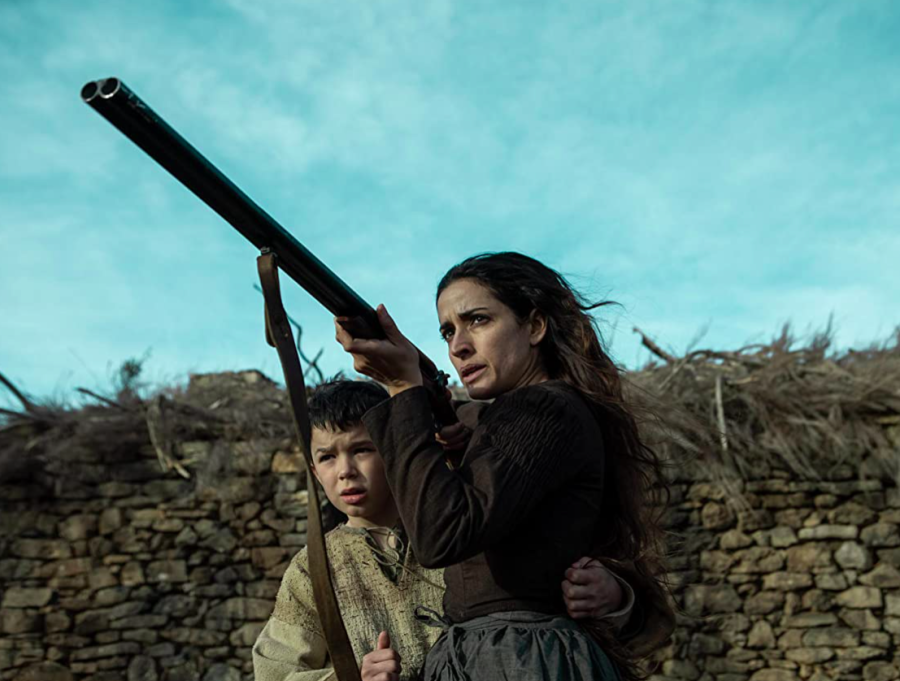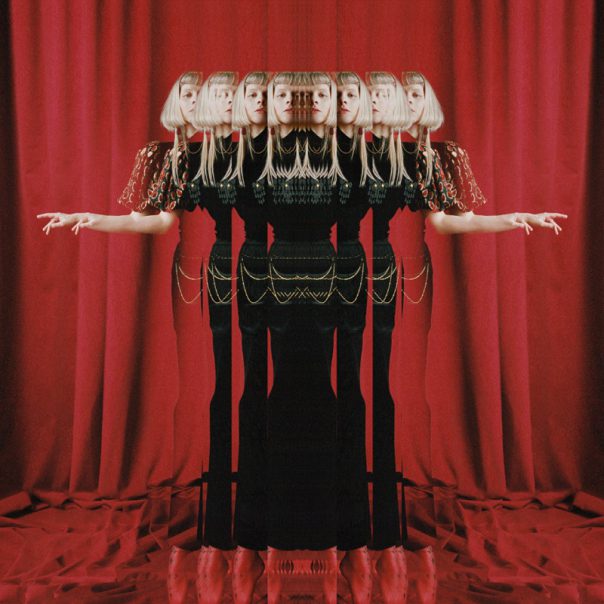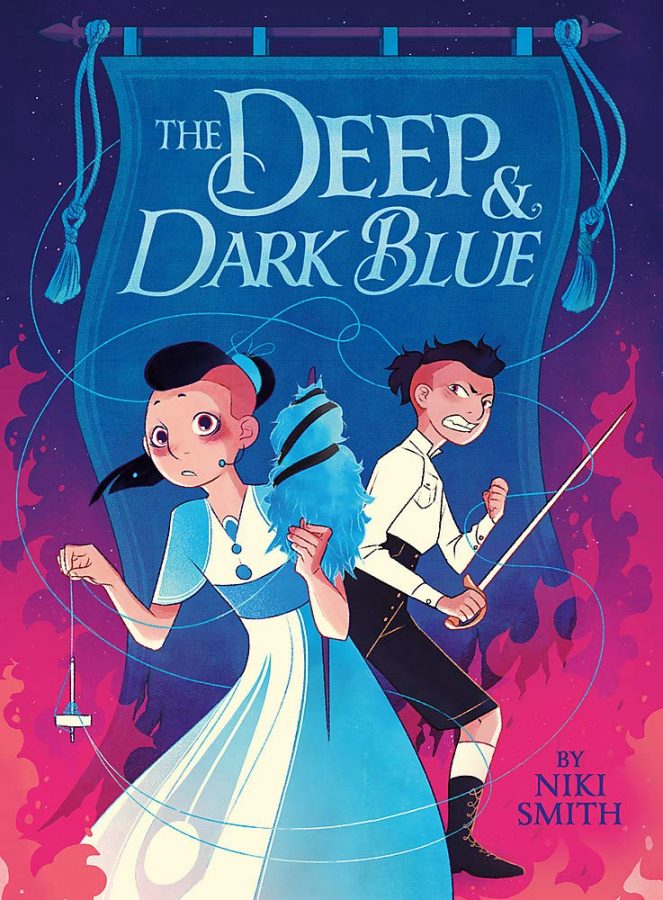If the decision were up to local residents in the early 1960s, De Anza College would have a different name.
Suggestions such as Beaulieu and Trianon were abundant before the district trustees decided on De Anza. Although the former may have been difficult to pronounce for some, a definite meaning lies behind those discarded school names.
In the late 1800s, De Anza’s now defunct food and ex-bookstore used to be the wine cellar of an award-winning vineyard.
The 137-acre winery, named Beaulieu, or “beautiful place” in French, produced fine varieties such as Cabernets, Sauvignons and Cabernet Merlots.
The vineyard was started from cuttings from Bordeaux, France.
The wine produced here was shipped and sold in New York, London and Central America, as well as in the local regions.
The wine cellar was also called by a French name, Millefleus, or “thousand flowers.” This cellar was an integral part of the winery; it was responsible for keeping the wine at an ideal temperature and humidity to ensure the wine developed properly. Tragedy struck the winery in the form of the grape disease, Phyloxera, which killed all of the vines in 1900.
In 1920, the Baldwins moved to Colorado and sold the property to Harriet Pullman Carolan, daughter of George Pullman, who invented the Pullman sleeping car. She, in turn, sold the property to a widower named Martha Christensen in 1938, who passed away.
The property was purchased in 1940 by E.F. Euphrat, the president of the Pacific Canning Company. Euphrat sold the property, which had been reduced to 100 acres, to the Foothill College District in 1959 for $1,150,000 under the circumstances that Le Petit Treason and the Millefleurs wine cellar be saved. In 1967, the district followed Euphrat’s wishes by turning the winery into the campus bookstore. Last year, the Bookstore became the Foodstore, which now only has a cafe.
Where wine was once fermented, coffee is now brewed, and where wine barrels once lay on their bloated, wooden sides, students sit, study and chat in the old foodstore, old bookstore and old wine cellar.
Sources from the California History Center were used for this article








